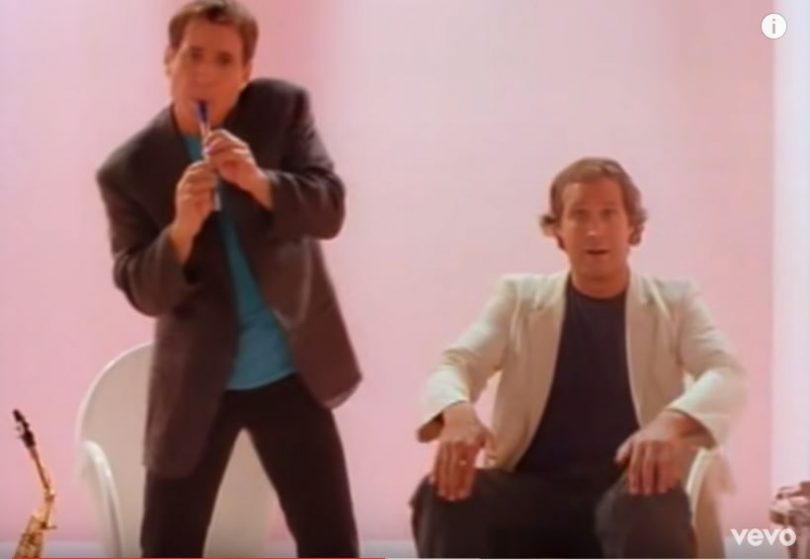I would love to know what key the penny whistle is, that they use in “You can call me al” (Paul Simon). And also if anyone has or can write sheet music for it?? Cheers 🙂
Asked by: Al
Answers
Having just spent ages trying to find this sheet music I gave up and resorted to trying to work it out for myself. I have posted my attempt here;
vdocuments.mx_you-can-call-me-al-penny-whistle-tab-transcriptionAs to the key of the whistle used; I guess it was in C as, although the songs in F, the range wont fit in the range of an F whistle. Hope this helps, Martin
You can also find the file here:
In the world of music, certain songs possess an enduring magic that transcends time and borders. Paul Simon’s “You Can Call Me Al” is one such song, renowned for its catchy melody, infectious rhythm, and the memorable penny whistle solo that takes center stage. This article delves into the captivating journey of “You Can Call Me Al,” with a particular focus on the iconic penny whistle solo that has left an indelible mark on music history.
Paul Simon’s African Sojourn
To truly appreciate the significance of the penny whistle solo in “You Can Call Me Al,” we must first understand the song’s genesis. In the mid-1980s, Paul Simon was at a creative crossroads, seeking a fresh artistic direction. He embarked on a musical pilgrimage to South Africa, immersing himself in the vibrant world of African rhythms and melodies. This immersion would become the backbone of the song’s distinctive sound.
The Enchanting Flute and Penny Whistle Solos
The enchantment of “You Can Call Me Al” lies in its instrumental interludes, particularly the flute and penny whistle solos. The flute solo, played by the talented Morris Goldberg, brings a sense of whimsy and playfulness to the song. Its joyful dance over the rhythm exemplifies the fusion of African rhythms with Western pop sensibilities, highlighting the song’s cross-cultural blend.
After a couple of takes, he played the iconic melody that would secure his status as an unsung hero in pop-culture history.
Morris Goldberg for Forbes
However, the true star of the show is the penny whistle solo. This solo, performed by none other than Paul Simon himself, is a nod to his folk roots and earlier musical experiments. The penny whistle’s inclusion serves as a bridge between different facets of Simon’s musical exploration. It’s a poignant reminder of his past and a testament to his ability to create a harmonious musical marriage between African influences and his folk heritage.
The Penny Whistle’s Enduring Legacy

COURTESY OF MORRIS GOLDBERG. Source Forbes
The penny whistle solo in “You Can Call Me Al” is not just a musical interlude; it’s a defining moment in the song. It showcases the power of music to transcend boundaries and genres, bringing diverse elements together in perfect harmony. The solo’s timeless appeal continues to captivate and inspire musicians and listeners across the globe.
In conclusion, “You Can Call Me Al” is a masterpiece of musical fusion, and its penny whistle solo stands as a symbol of how music can bridge cultures and eras. With this iconic solo, Paul Simon not only created a memorable melody but also a lasting legacy in the world of music, one that continues to resonate with audiences of all generations







